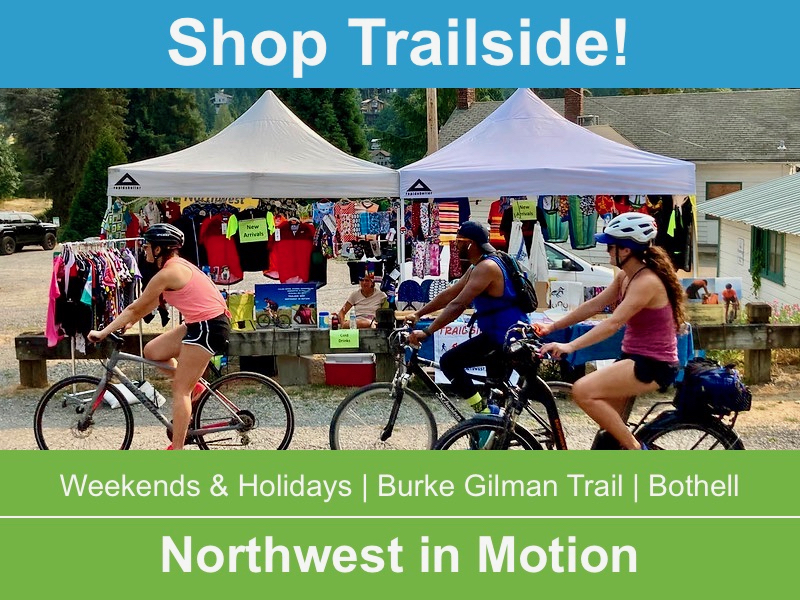Tom Schwemberger was the first finisher of XWA 2023, and blazed the Cross Washington Bikepacking course in a record-setting 03d:05h:42m. Josh Kato held the previous record of 03:13:27 set in 2019.
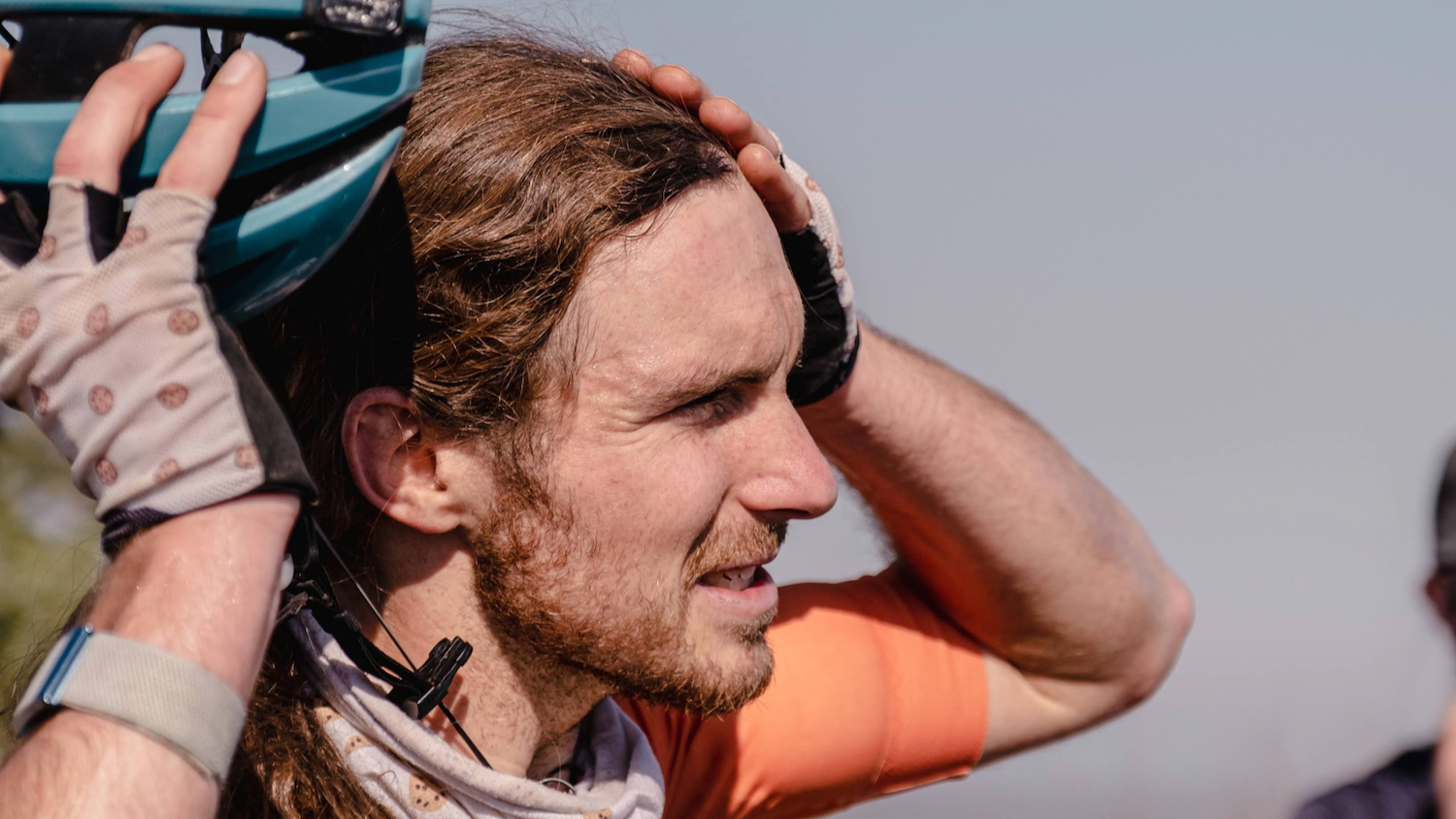
Hometown
Eugene, Oregon
Work/education
I studied Physics as an undergrad at UC Santa Cruz where I worked on primordial black holes: Direct detection of primordial black hole relics as dark matter
I’m now in year three of my PhD at the University of Oregon where I’m studying neutrinos, dark matter, and astroparticle physics: Detecting Beyond the Standard Model Interactions of Solar Neutrinos in Low-Threshold Dark Matter Detectors
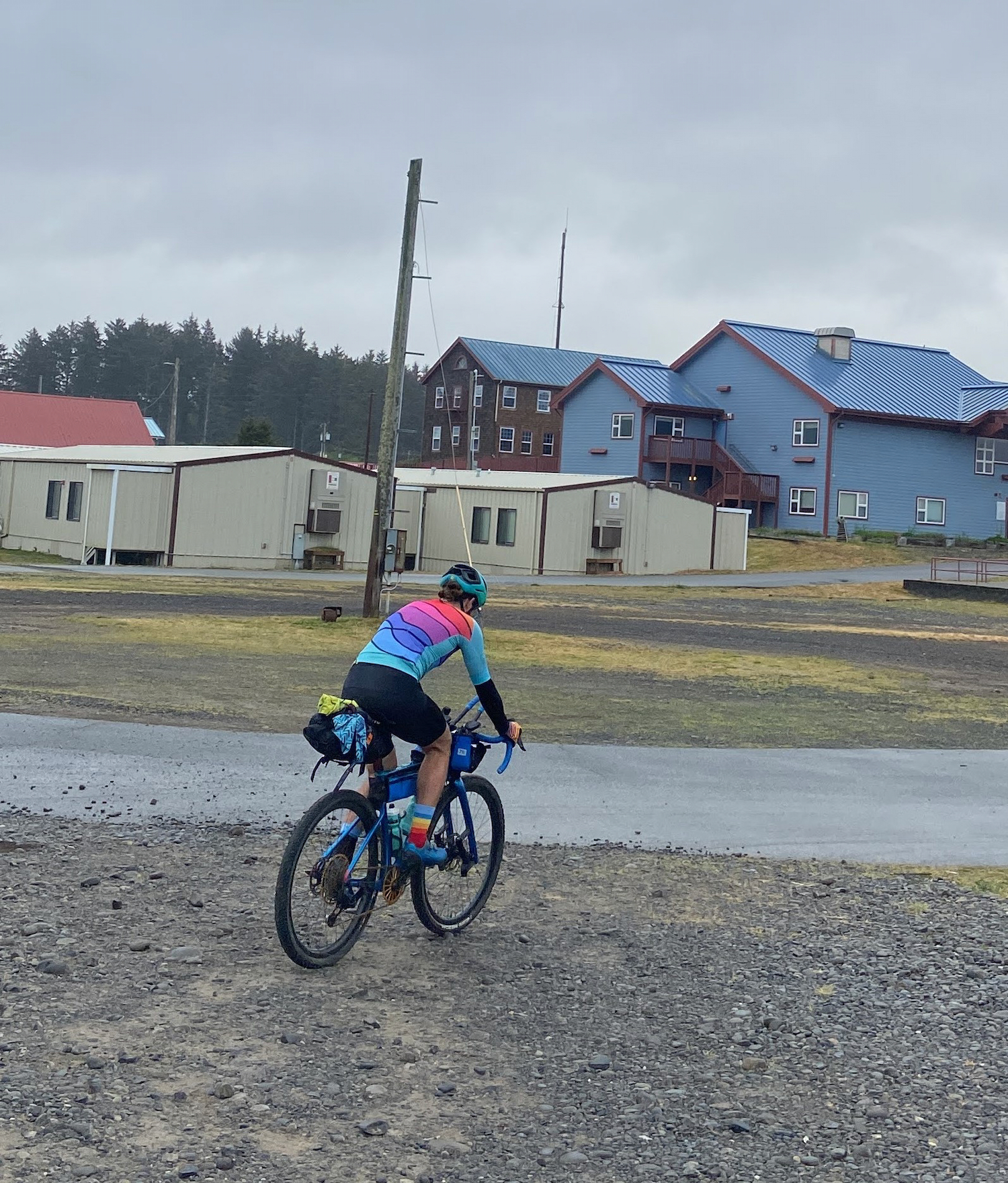
Bikepacking Resume
Odyssey of the VOG 5/27/22 Win/FKT 01:06:20
“…a 350+ mile route with about 32,000 total feet of elevation gain. The terrain ranges from smooth tarmac to plum-sized boulder-gravel, but most of the route is somewhere in-between, a rideable but often vibration-heavy gravel that is synonymous with the timber roads of the Oregon Coast range.”
The Big Lonely 10/7/22 Win/FKT 01:04:53
350+ miles & 25,000′ of elevation gain with resupply in the unique cities of Sisters, Madras, and Prineville on a mix of 30% singletrack, 50% gravel/doubletrack, and 20% paved scenic bikeway
Stagecoach 400 ITT 3/29/23 2nd all time 38hrs
Starting in Idyllwild, the Stagecoach 400 is California’s longest mountain bike route highlighting Southern California’s geographic and cultural diversity. The ride crisscrosses historic routes such as the Juan Bautista DeAnza trail, the Great Southern Overland Stage Route of 1849, and the Ramona Stage Route.
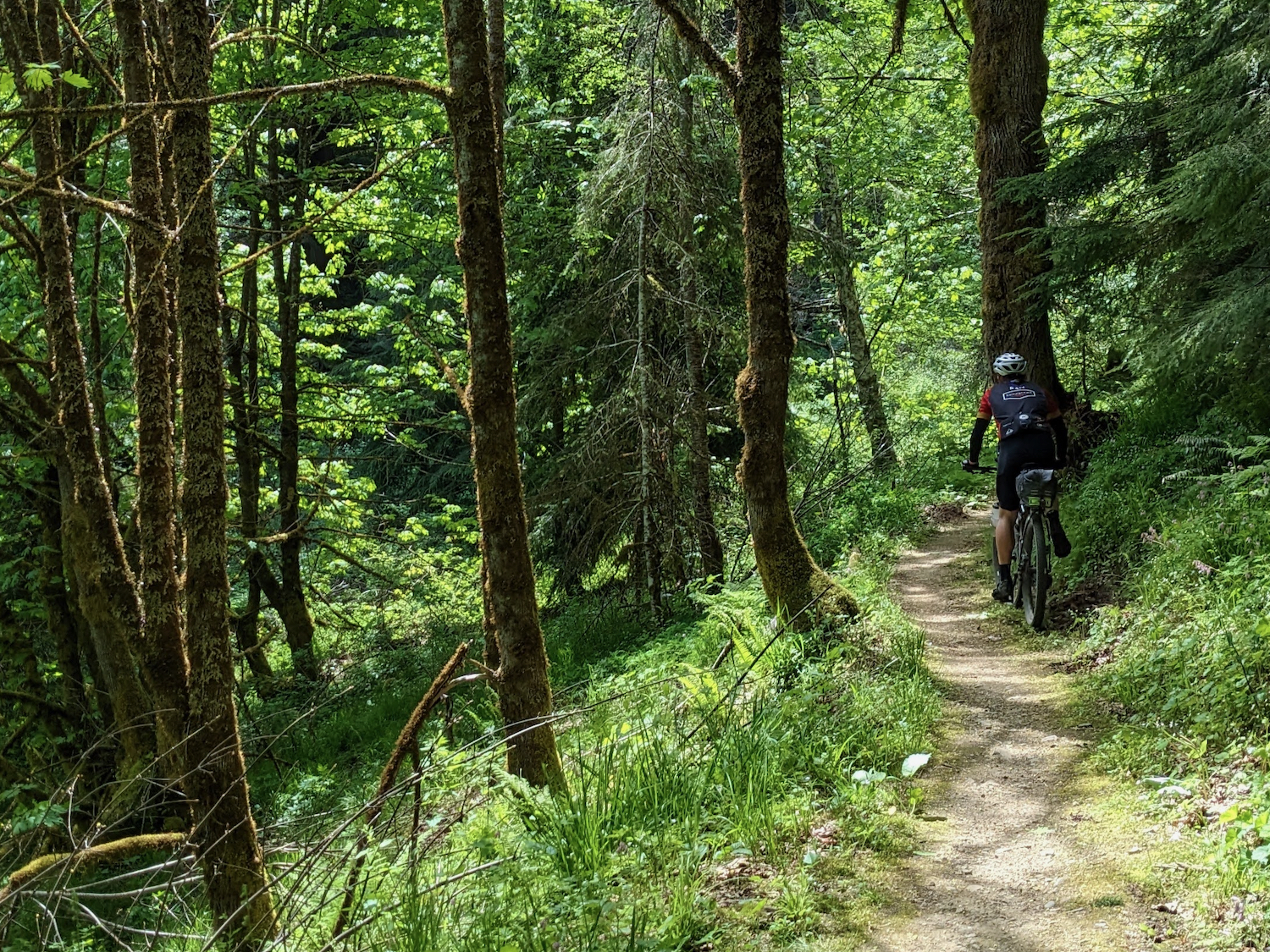
What are your competitive bikepacking motivations?
I like to push my limits and go fast, so aiming for a record time is always a good motivation for me. I’m less interested in “in-the-moment” competition, so finishing alone isn’t necessarily the goal. If a fellow rider is close to my pace I’d rather have company than fight for a “win.”
What was your plan for XWA, and how did it match up with reality?
I had some plans related to sleep, but expected to play it mostly by ear. My main objective was not to hurt myself since the Tour Divide is my main goal and I had an ankle injury I didn’t want to aggravate. I got off to a great start on this front by crashing twice on the first day. Once on the beach; something locked up my front wheel and I cartwheeled. I still have no idea what exactly happened. The second crash was at higher speed on pavement. Just after dark, I was riding one handed after a resupply and didn’t notice a transition in the pavement. This crash was a bit heavier and my ankle protested for a few minutes. It settled down and I started to notice the other bruises and sore points, but nothing serious.
Andy (Leveto) warned me the section to the ferry would be slow, but it was more adventurous than I’d expected (I’ve never crawled under a bulldozer in training let alone in a race). The ferry ride was less restful than I’d hoped as we tried to cram as much food as possible and re-arrange layers before unloading. The subsequent urban singletrack was faster than I’d expected, though the steeps of the powerline trail were tough.
I wasn’t expecting to have company for so much of the ride, but having other strong folks to ride with was a relief. Andy, Cory (Ostertag), and I caught the first ferry on Monday and rode together through most of the urban section. As we separated, my ankle started twinging. A few details about that injury: I had a sprain with a few chip fractures and was wearing a brace, but racing against doctor’s orders. The crashes on the first day were also weighing on my mind. Did I do more damage which would prevent me from racing the Divide? Scratching from XWA to save the Divide occurred to me, but I concluded that if I scratched XWA, I shouldn’t start the divide. Thankfully, the location of the twinge didn’t seem related to the injury and after adjusting the brace it went away, so I kept riding.
After that, the ride went almost exactly as I’d expected, aside from generally being wetter than was forecast. I caught Andy on the rail climb to Snoqualmie pass where we separated again and I would ride the second half of the route alone. I slept in my hammock on the Colockum then entered the Eastern washington section where the folklore of hotwires, bulls, dogs, and angry landowners prevail. I encountered the fabled wire and saw a single bull from great distance, but the biggest thrill was a dog chase at mile 550. It was a good shot of adrenaline, but no damage done. I expected the final rail trail to be a drag, but I wasn’t prepared for my feet to fall apart (I’m now three for four in wet feet at ultra races). Taking off my shoes was my biggest motivation for the last 60 miles.
The last surprise was the hospitality in Tekoa. John Heaton was a wonderful reception and Jason Oestreicher’s escort on the victory lap was a welcome relief.
Talk about the community component of XWA
It’s ironic that a sport which glorifies solitude and self-sufficiency has such a supportive community which is a relief from my experiences with road racing. I think it comes in part from the self-sufficiency and difficulty of the routes. When you’re relying on your gear for survival, fitting in becomes much less important and people’s equipment becomes a bit of an expression of self. This opens the floodgates for all sorts of weird and wonderful bikes and bags and the riders become similarly diverse and accepting. My friend who dropped me off is a trans woman who was immediately approached by the women’s bikepacking group and I’ve rarely seen her so comfortable and fulfilled.
Among those at the pointy end of the race, there was always a sense of competition, but also camaraderie. Perhaps as vocal and blunderous as I am, this feeling was a bit one-sided, but chatting with Andy and Cory for the first two days was great. I took the opportunity to pick Andy’s brain for beta on the Divide, though I did worry I was becoming a bit obnoxious by the time we separated.
John Heaton also deserves so much credit for greeting riders in Tekoa from the first through the last. That takes dedication and a generosity I find quite rare.
XWA Gear
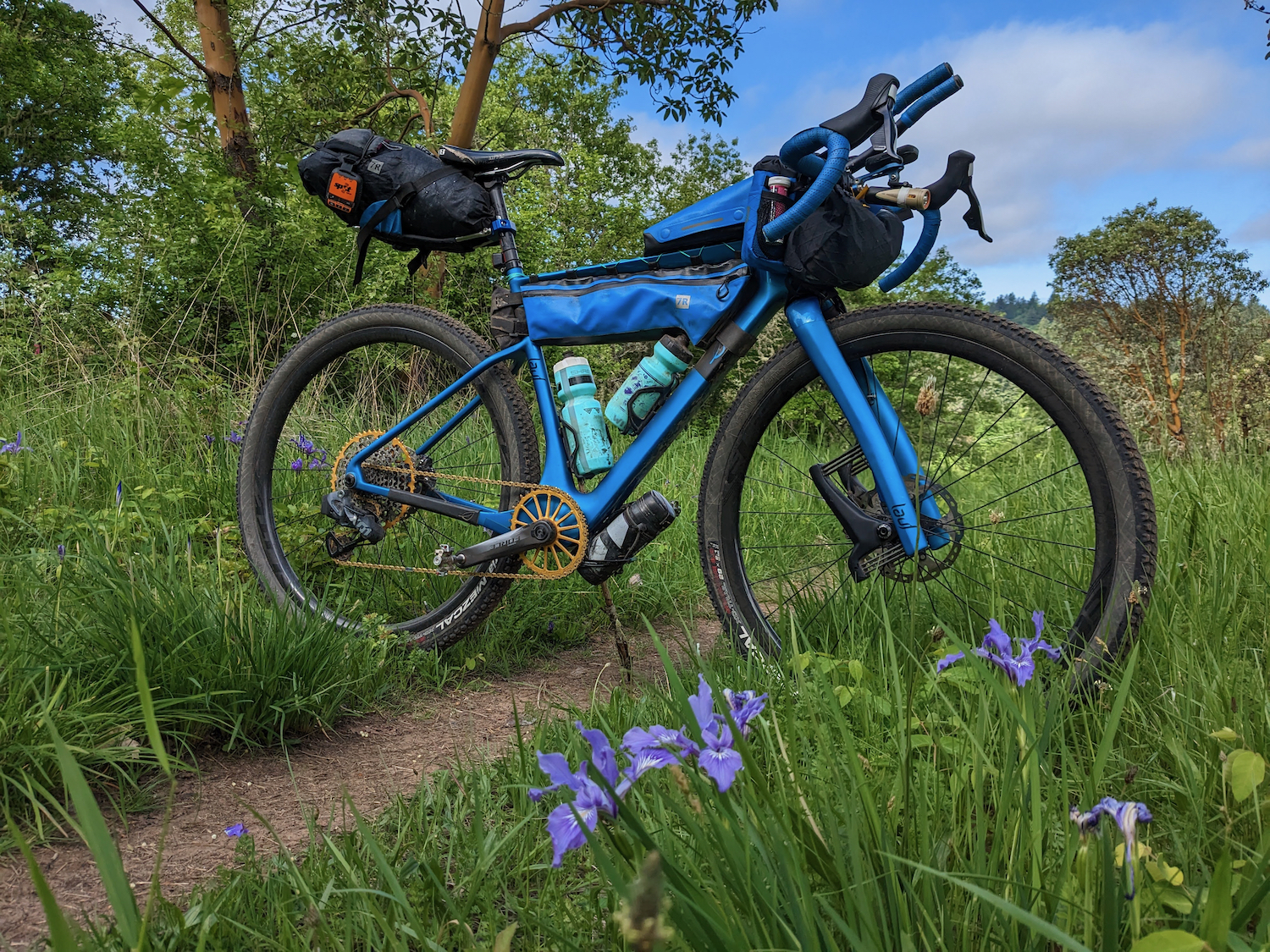
I raced on my Lauf Seigla with 2.1” Vittoria Mezcals and an e-tap drivetrain. My bags are all from 7Roads in Ukraine. Everything held up great and will be going with me on the Divide (other than the now worn out tires.)
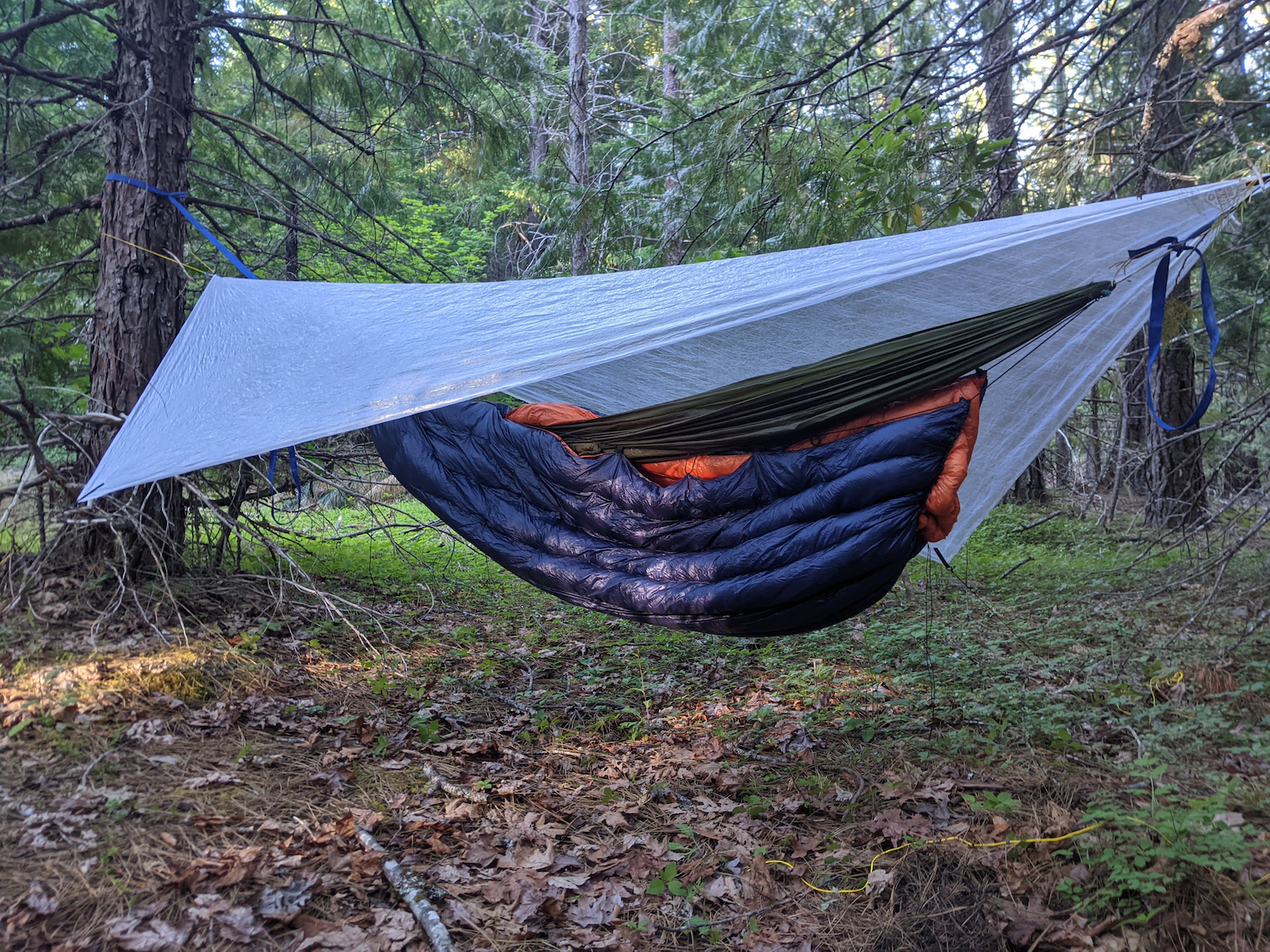
My sleep kit was an Enlightened Equipment quilt modified to wrap around my hammock. I carried a DCF tarp which I used as a bivy the first night. The second was dry. My riding kit was a merino base layer and arm warmers, Black bibs for the jersey and bibs, and some generic knee warmers. I used a homemade polartec alpha direct fleece, a montbell down vest, and a shakedry rain jacket.
I brought batteries rather than a dynamo, a water filter, and an ultralight packable backpack. Every piece of gear other than my repair and first aid kits was used.
What gear worked for XWA, what didn’t?
All of my gear worked well, though I could have used a dedicated bivy rather than a tarp. I’m not planning to change that though since the tarp is more versatile. I loved sleeping in my hammock on the second night and credit it with getting me through Tuesday night without sleep. My rain gear and clothing was perfect. I noticed a single sealant spray from the front wheel, but no significant loss of pressure and didn’t need to plug it.
How did you train for XWA?
My training was fairly unstructured; just riding every day and long rides on the weekends. The only structure was a few fasted rides and a training race (Stagecoach 400). XWA itself was a training race for the Divide. I’d hoped to do some cross training at the bouldering gym and ski touring, but my ankle injury and a pulley strain meant that I was almost entirely bike-bound for the last two months before the start.
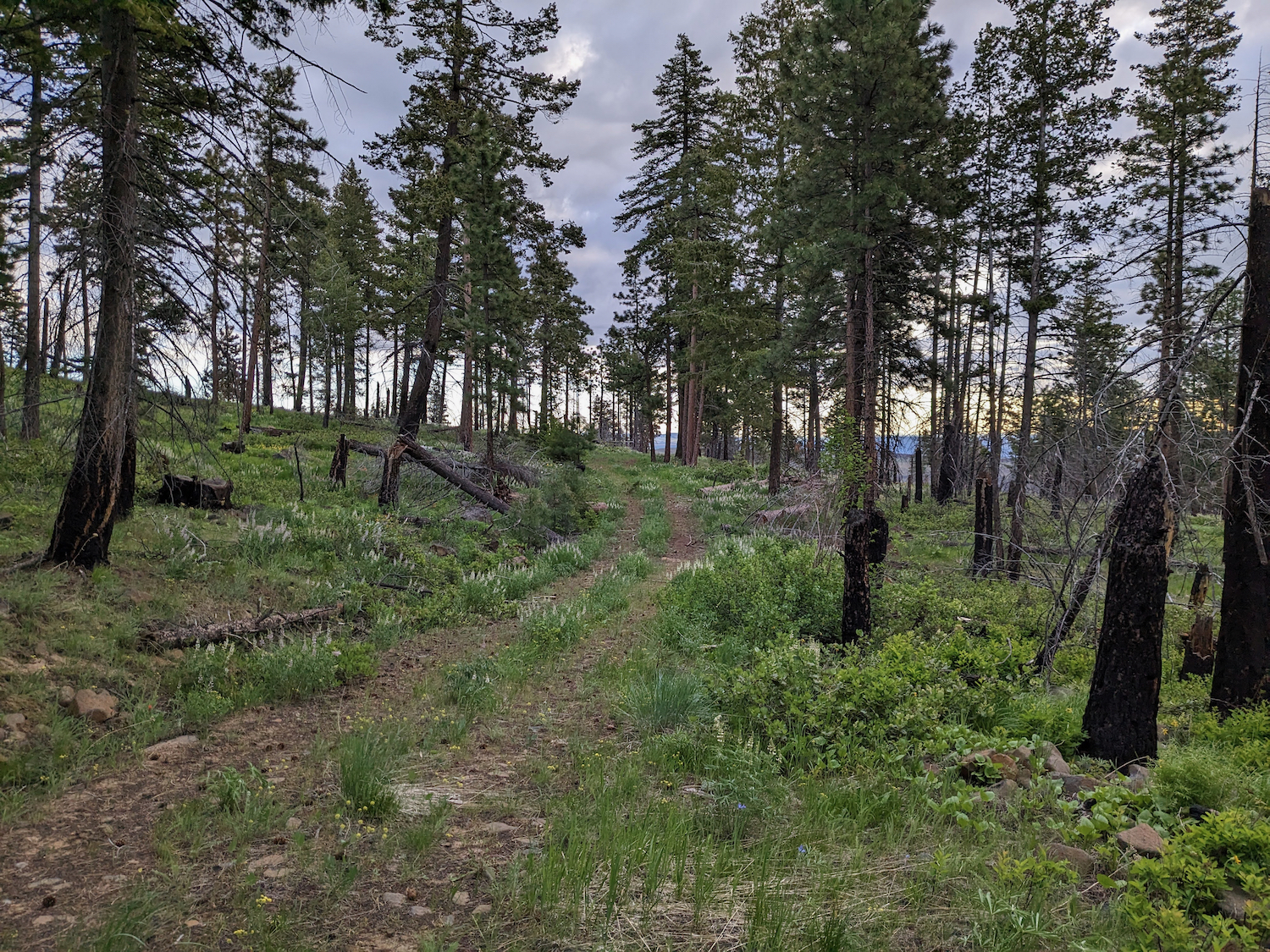
How did you handle nutrition and hydration?
I’m blessed with a strong gut. As Cory discovered, rural America is not the most accommodating place sometimes. I used my water filter once and carried electrolyte tabs. My gas station stops were not particularly efficient (file that under lessons learned), but I settled into a rhythm of grabbing snacks to go and eating something substantive while stopped. I probably drank 5 gallons of iced tea. I didn’t realize why people drink so much milk in these things until my stomach pH got out of balance. Add chocolate milk to my resupply list. For something a little fresh I drank some Naked juice/smoothies. I also carried packs of instant potatoes and salmon as “emergency rations” which I never needed.
How did you handle sleep?
This was to be my first time sleeping in a race, so I wasn’t sure exactly how it would go. I knew I wanted to get decent sleep on Monday night to push through on Tuesday. The biggest question was Sunday night. I thought making the 11:45 ferry might be possible, so if I did, pedaling through the night would be a big head start, but the route from Quilcene to Kingston was slower than I realized. It was cold and wet, so I was glad to have an excuse to warm up and sleep for a few hours. Unfortunately, the gazebo I’d marked ahead of time was in a sprinkler zone, so I ended up sleeping under the cover at the self-pay station in the parking lot. The two hours of restless sleep that night were enough to get me to the Colockum where I took over five hours in my hammock then rode through the night on Tuesday as planned.
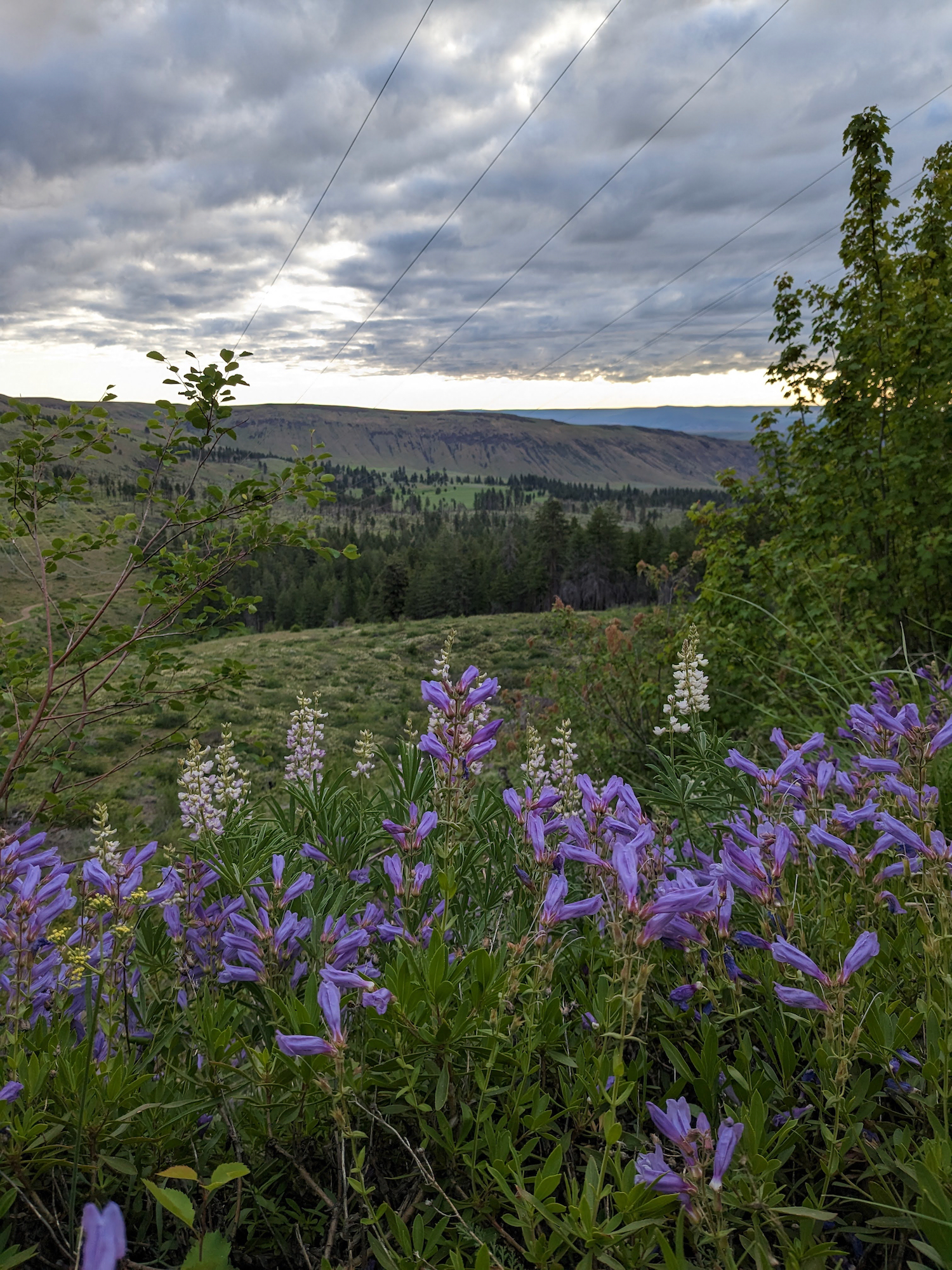
Any lessons learned during XWA 2023?
The biggest thing I learned is the importance of hygiene. This was my longest race yet and the first time proper hygiene became relevant. On the third day I ended up with skin irritation in a particularly sensitive area which meant leaning forward on the aero bars was unpleasant. This meant spending more time on my wrists which caused the usual ulnar nerve pressure. On multi-day races I will now raise my bars a bit and clean up at least once per day.
The next-to-leading correction I’ll be making is to my resupply strategy. I felt that I got much more efficient in Wenatchee and Ephrata, mostly because I figured out what I wanted for races this length and what is typically available.
What are your previous athletic experiences?
I raced road in undergrad, but the total number of those races probably barely scrapes double digits.
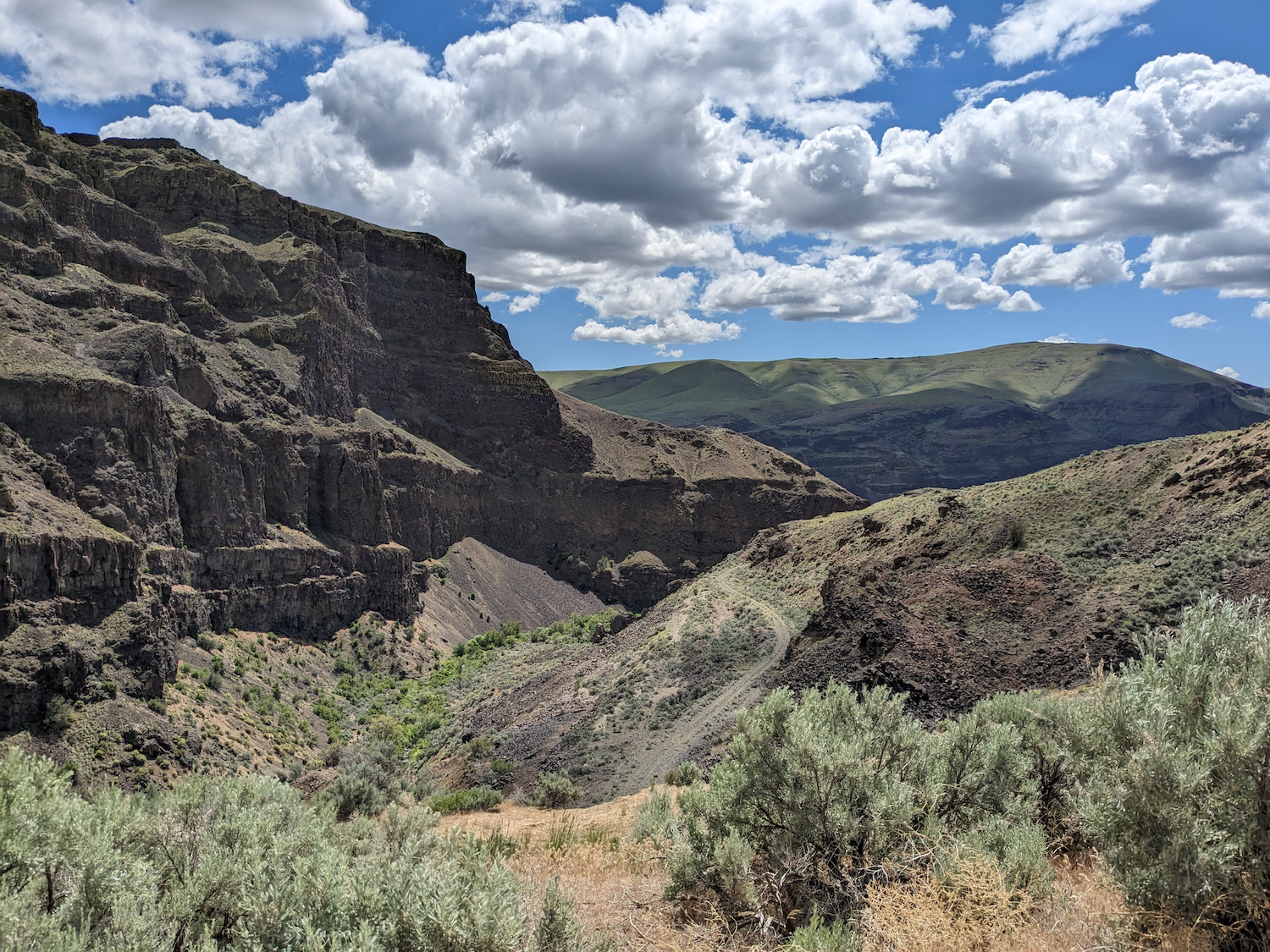
What’s next on your to do list?
After the Tour Divide, I don’t know what my plan is. I’ll be in Japan for 6 weeks and would like to have a more balanced athletic profile. I’ve had to cut out rock climbing and reduce backcountry skiing both to make time for the bike and because of injury.
Tom is using the Tour Divide attempt as a fundraiser for Breakfast CC, a Seattle based women/trans/femme/non-binary cycling team who help send WTFNB and BIPOC riders to races using their racer support fund. Instagram: @breakfast_cc
Tom will be matching donations until they reach $500. Use a 🏳️🌈 in the comment field so they can track related donations. Tom will be posting updates on Instagram (@tschwemberger) both about the fundraising effort and the Tour Divide.
